Managed Security
Services Provider (MSSP)
Protect Your Data
And Your Organization
As a Managed Security Services Provider (MSSP), ATS firmly believes that effective security transcends the mere purchase of products; it necessitates a thoughtfully designed strategy. This critical approach begins with the establishment of a comprehensive cybersecurity plan, reinforced by a robust security policy and detailed procedures.
Our role extends beyond the realm of system design; we are committed to partnering with you in developing a cohesive cybersecurity strategy. Moreover, our collaboration includes implementing these policies and best practices. Integral to our service is the formulation of a proactive plan for incident response and recovery, ensuring that your organization is not only shielded against potential threats but is also equipped with the resilience to handle and recover from security incidents efficiently.
Entrust your cybersecurity needs to ATS, where our expertise ensures that your protection is comprehensive, adaptive, and specifically tailored to meet the unique challenges your organization faces.

Managed Security Services
Continuous Security Monitoring (CSM)
Get complete visibility into security risks across your network with our fully managed log aggregation tool that centralizes, searches, and visualizes your security data, meeting your auditors’ requirements.
Vulnerability Assessment & Penetration Testing (VAPT) Services
ATS Security Team offers a comprehensive security posture review through a manual vulnerability assessment process using combined black and white box testing, ensuring accurate results without automated reports.
Cybersecurity Consulting
Design security into your business, not just buy a product – ATS offers regular security assessments to identify potential exposure in your IT systems, vendor relationships, and digital assets.
Cybersecurity Awareness Training
Our security awareness training is an essential part of employee training to ensure that they fully understand the consequences of failing to protect their organization from outside attackers.
Incident Response
Incident Response Secure your operations against cyber threats with immediate, expert Incident Response (IR) services. Why Choose ATS Incident Response? American Technology Services (ATS) stands
Security Operations Center
ATS Security Operations Center Around-the-clock monitoring, analysis, and response from our security operation centers (SOC) headquartered in Fairfax, VA, and Atlanta, GA. Trust your data
Continuous Security Monitoring (CSM)
Get complete visibility into security risks across your network with our fully managed log aggregation tool that centralizes, searches, and visualizes your security data, meeting your auditors’ requirements.
Vulnerability Assessment & Penetration Testing (VAPT) Services
ATS Security Team offers a comprehensive security posture review through a manual vulnerability assessment process using combined black and white box testing, ensuring accurate results without automated reports.
Cybersecurity Consulting
Design security into your business, not just buy a product – ATS offers regular security assessments to identify potential exposure in your IT systems, vendor relationships, and digital assets.
Cybersecurity Awareness Training
Our security awareness training is an essential part of employee training to ensure that they fully understand the consequences of failing to protect their organization from outside attackers.
Incident Response
Incident Response Secure your operations against cyber threats with immediate, expert Incident Response (IR) services. Why Choose ATS Incident Response? American Technology Services (ATS) stands
Security Operations Center
ATS Security Operations Center Around-the-clock monitoring, analysis, and response from our security operation centers (SOC) headquartered in Fairfax, VA, and Atlanta, GA. Trust your data
Managed Security Services Latest Trends
What is a Managed Security Services Provider or MSSP?
An MSSP, or Managed Security Services Provider, is a dedicated cybersecurity entity offering outsourced surveillance and administration of systems, devices, and user end-points. With high-tech security operation centers, MSSPs guarantee round-the-clock service.
Emerging in the mid-1990s from Internet Service Providers, MSSPs have grown in response to increasing cyber threats. While both MSSP and MSP (Managed Service Provider) are involved in IT, an MSSP is distinctively proactive in managing cybersecurity threats. In contrast, MSPs offer broader IT support and often respond after cybersecurity incidents.
Diving Deeper: Types of Managed IT Security Services Offered by MSSPs
Managed Security: MSSPs conduct security services both on-site and in cloud-based environments, ranging from third-party security administration to complete outsourcing.
Managed Backup: Protect your company’s invaluable data with managed backup services. As businesses digitize, data loss poses severe risks.
Managed Firewall: MSSPs handle firewall infrastructure, ensuring secured network traffic and data protection.
Managed Network: MSSPs enhance network security by managing applications like Intrusion Prevention Systems, endpoint security, log management, and more.
Cybersecurity’s Growing Importance: Who Needs It?
Small and Medium Businesses (SMBs): With 43% of cyber-attacks targeting SMBs in 2021, cybersecurity is no longer optional for small businesses.
Associations: Non-profits, trade groups, and global organizations are more at risk due to evolving cyber threats.
Financial Institutions: An increasing reliance on digital solutions means financial institutions need to prioritize cybersecurity.
Government Contractors: With increasing regulations, government contractors must showcase compliance and robust security measures.
Professional Service Firms: Firms across various sectors need to upgrade their cybersecurity strategies as targeted cyber-attacks increase.
MSSP Jargon Explained
VAPT: Helps identify system vulnerabilities for better cybersecurity.
SIEM: A tool for real-time and historical event analysis and threat detection.
CSM: MSSPs employ continuous security monitoring for real-time threat identification.
Zero Trust Architecture: A strategic cybersecurity approach that emphasizes rigorous user validation.
SOC: Centralized units of experts that manage and improve organizational security.
MFA: Multi-layered authentication to enhance data and user security.
Security Consulting: Expert advisory on balancing system management and risk reduction.
Security Awareness Training: Equip your team with the knowledge to act as the first line of defense against cyber threats.
Why Should Your Business Choose an MSSP?
Choosing an MSSP offers enhanced security posture, cost savings, unique expertise access, and round-the-clock support. When budgeting for cybersecurity, consider the value of what you aim to protect.
Selecting the Right MSSP for Your Business
When scouting for an MSSP, consider their establishment date, size, industry expertise, and technological arsenal. It’s crucial to align with a provider that meets your specific needs and integrates seamlessly with your existing IT structure.
DETECT. ADVISE.
PREVENT. RECOVER.
Our IT Security team protects your most important data by strengthening your ability to prevent, detect and respond to the threats that you face every day. We believe that the more you know about your own environment, the more prepared you are to protect it. We can supplement your existing security plan or create and implement one for you because we know there is no one-size-fits-all solution to security.







